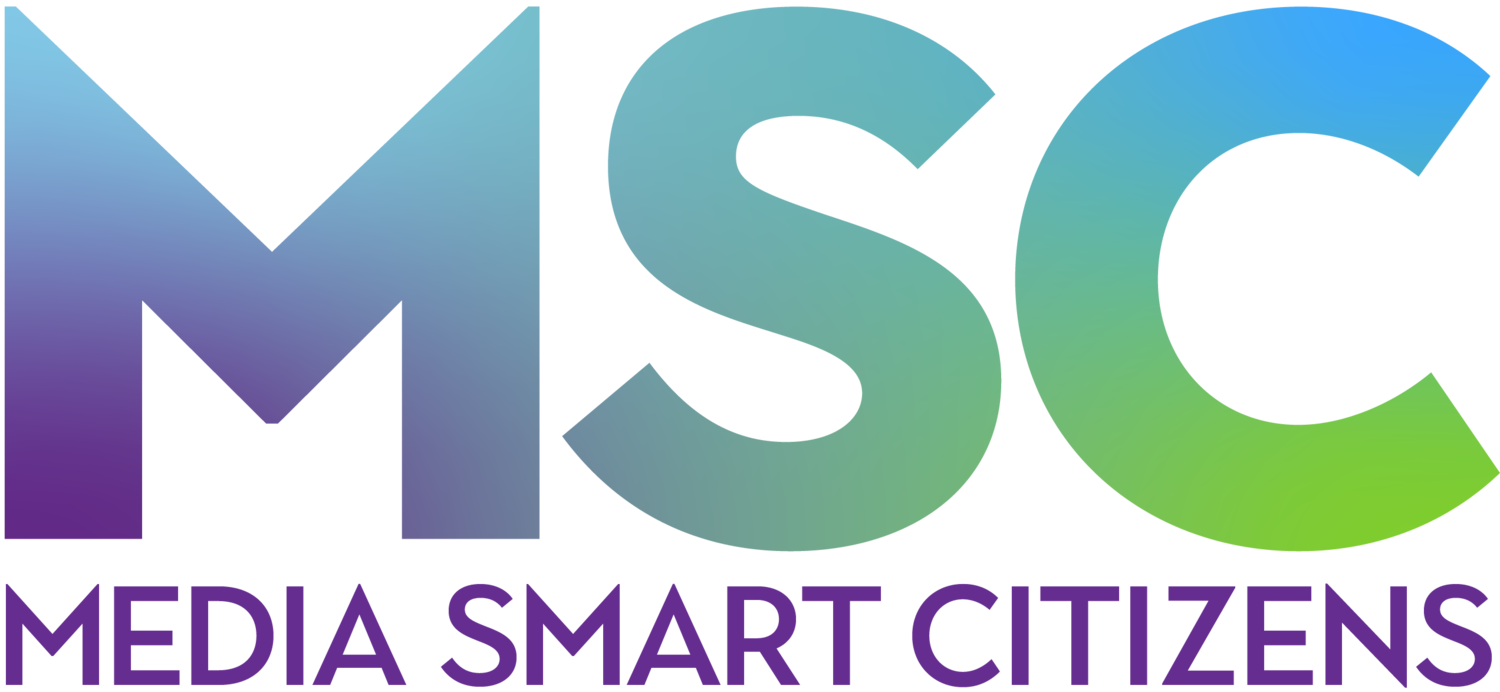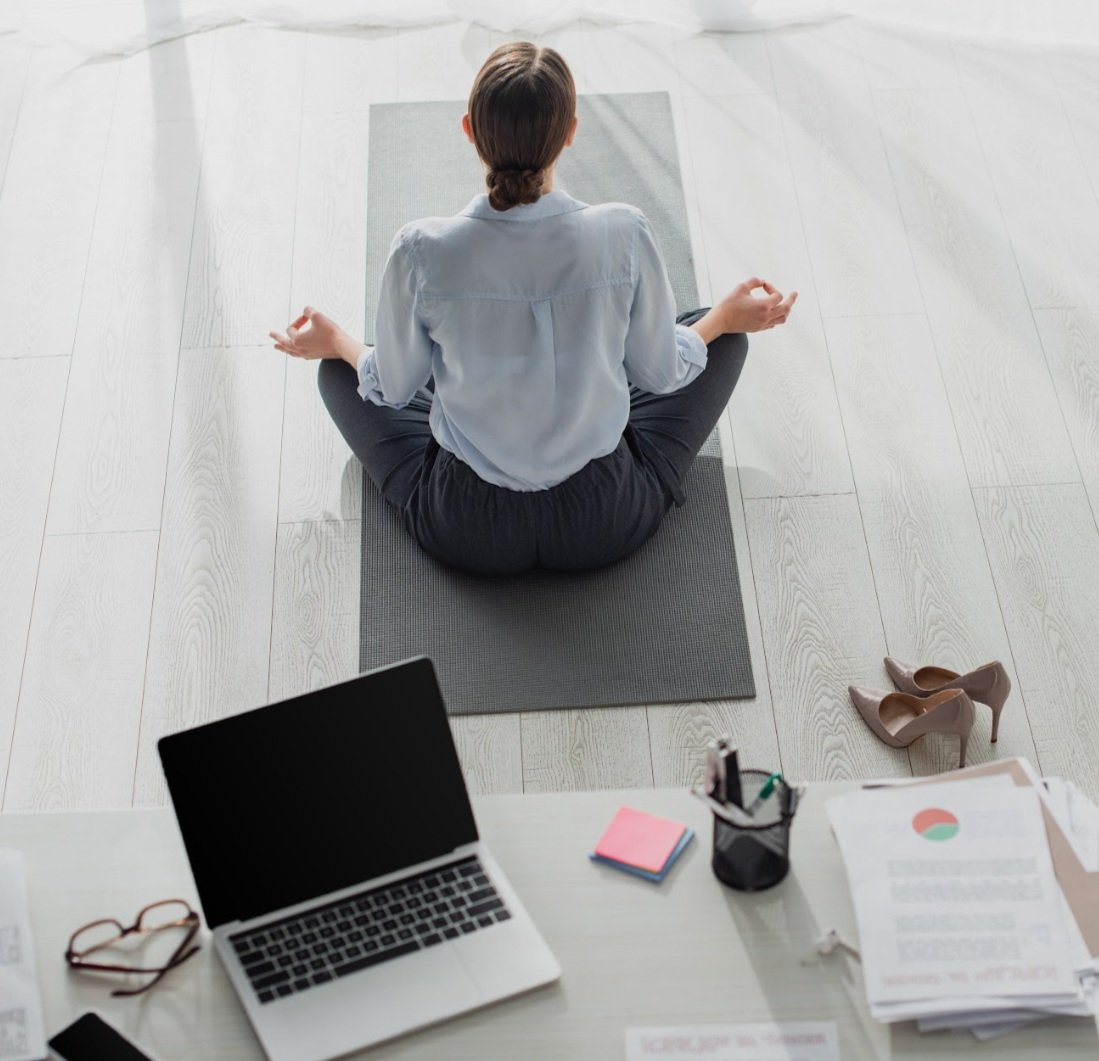Media Mindfulness
Media is ingrained into our lifestyle; it influences the choices we make, and it can connect us from across the globe while at the same time drawing us further apart from one another. In our hectic modern-day media landscape, it’s important to be mindful of the way different media affects us. If mindfulness is about being present and maintaining attention towards one’s own mind, then media mindfulness is essentially the same thing, but it factors in how media has had an impact on our ways of thinking.
Advantages
When we make decisions about the types of media that we interact with, we should do our best to be mindful of what we hope to gain from our media usage and how we are going to go about using the vast network of media and information that is available to us at the touch of a button. Our media landscape today is chaotic and can be incredibly overwhelming; the goal of media mindfulness is to diminish the stress of interacting with media on a personal level, while becoming better aware of habits that could become unhealthy for our well-being.
How it works
When you hear the phrase “media mindfulness,” your first thought probably has something to do with social media. The idea of media mindfulness definitely deals with the ways that we use social media, but it also deals with the ways that we interact with all forms of media; books, movies, newspapers, you name it. Media mindfulness is essentially the same idea of meditation, except instead of simply being aware of one’s surroundings in the present moment, it’s about being aware of one’s media consumption and its impact. Media mindfulness involves reflection, but also significant critical thinking.
Helpful tips
Keeping our intentions in mind, avoiding hate and toxic environments, and being present are things that we should think about when we use any form of media. Being mindful about how we use media goes beyond looking at our laptops and phones. If you start to feel overwhelmed, make sure you take some time for yourself. Go outside, take some deep breaths, sing a song, whatever helps you feel centered and present. Practicing mindfulness is very personal, and everyone’s version of media mindfulness will look different. Visit our guide on the 24-Hour Media Fast Media Log to discover a way of expanding your media mindfulness.
Written by: Media Smart Citizens Content Creators Miranda Gilbert and Isabel Hall.



